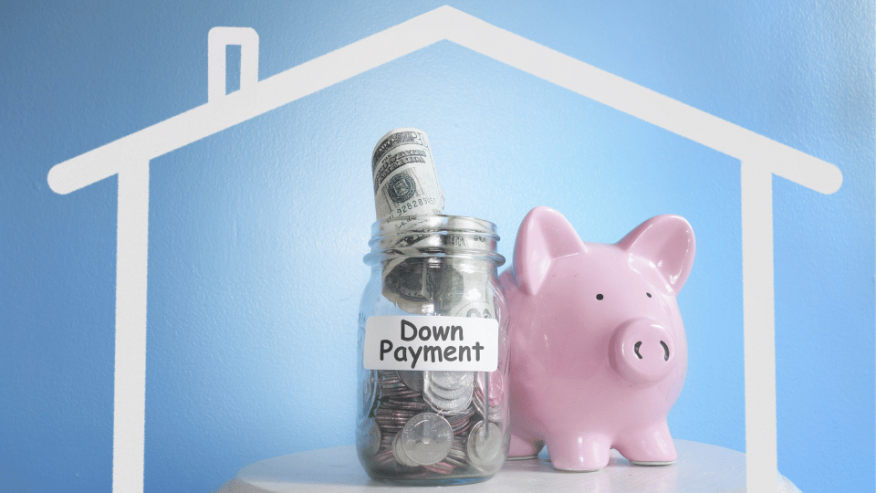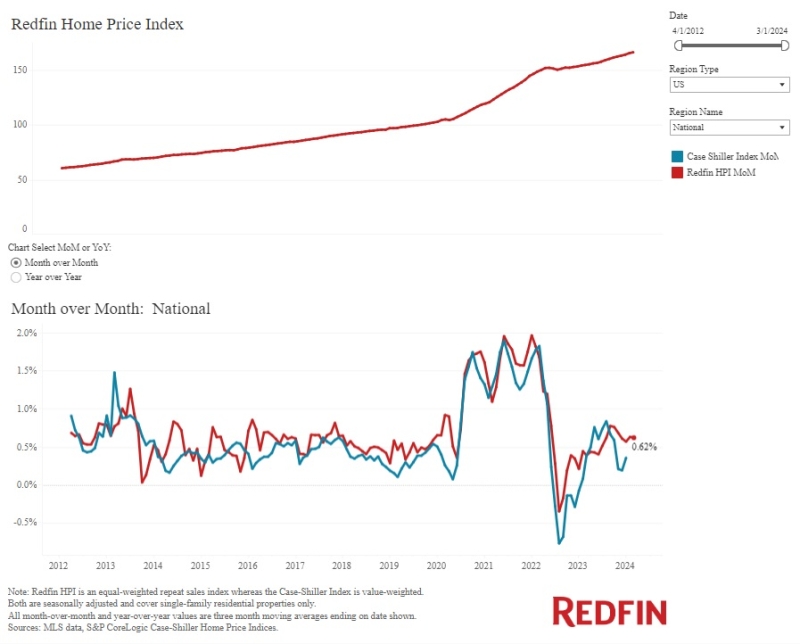
MBA To FHFA: Increase AMI Limits For Down Payment Programs

Allowing borrowers with up to 100% of AMI to be eligible for these programs.
- MBA wants borrowers with up to 100% of AMI to be eligible for these programs, and to eliminate the income limit for properties located in low-income census tracts.
- An increase in the AMI threshold could better serve minority borrowers who have the means to meet their monthly mortgage obligations.
- In cities with a significant Black population, the income needed to afford a home is at least 100% of AMI.
- Homes priced $350,000 or less, raising the AMI to 100% makes about 40% more of that builders’ communities available to these borrowers.
The Mortgage Bankers Association (MBA) recently sent a letter to Federal Housing Finance Agency (FHFA) recommending that FHFA and the GSEs consider increasing the area median income (AMI) limits in Home Ready and Home Possible – the GSEs’ low down payment programs. The MBA believes strongly that this move would align with the GSEs’ ongoing efforts to address affordability challenges in the current housing market.
The letter is addressed to FHFA Director Sandra Thompson, praising the agency’s ongoing efforts to address our nation’s long-standing challenges related to housing equity – particularly with respect to the racial homeownership gap. However, the MBA wants to highlight an additional action that could be implemented in the very near-term that would have a significant impact on these efforts.
“FHFA and the Enterprises should explore sensible expansions of eligibility for the Fannie Mae HomeReady and Freddie Mac Home Possible offerings,” the letter states. “Under current guidelines, eligible borrowers cannot have incomes above 80% of the AMI. Specifically, at a minimum, the income thresholds for these programs should be returned to their previous standards.”
These standards include allowing borrowers with up to 100% of AMI to be eligible for these programs, and to eliminate the income limit for properties located in low-income census tracts.
Thus far, the FHFA has eliminated upfront fees for HomeReady and Home Possible loans last month, which should increase affordability for those who are currently eligible. But, raising the AMI limits to expand access to these programs would still be beneficial as there are key features of HomeReady and Home Possible loans, such as a 3% down payment, that make homeownership attainable for historically underserved borrowers.
A significant population of minority borrowers can afford a monthly payment, the letter states, and could benefit from access to these programs. According to data in Fannie Mae’s Equitable Housing Finance Plan, 42% of Black Americans own homes compared to 72% of non-Hispanic white Americans. Notably, the Black homeownership gap is persistent across all household income levels, which illustrates that although black families may be successful financially, they still face obstacles when it comes to becoming homeowners.
The main barrier to obtaining homeownership for African-Americans is the capital required for a down payment. The Equitable Housing Finance Plan notes that white borrowers are about 30% more likely to be able to access $3,000 from family or friends to help with this cost. The FHFA also acknowledges the lack of capital to people of color largely stems from discriminatory practices like redlining which have prevented communities of color from building wealth through homeownership for generations.
Black families are less likely to have received or expect an inheritance. An increase in the AMI threshold could better serve minority borrowers who have the means to meet their monthly mortgage obligations but lack the family resources or wealth to assist with a larger down payment.
Data recently published by the National Housing Conference (NHC) shows that the income needed to purchase a home has doubled since 2019. So, when analyzing home prices in cities with a significant Black population, it’s clear that the income needed to afford a home in the area is at least 100% of AMI.
Two of the nation’s largest home builders recently analyzed their data for MBA, and the results show that increasing AMI has a significant impact on affordability and access to their communities for HomeReady and Home Possible borrowers. For instance, homes priced $350,000 or less, raising the AMI to 100% makes about 40% more of that builders’ communities available to these borrowers. The second builder showed that there was a consistent increase in affordability in a small sample set of about 100 communities across four states. Based on their measures for eligibility, at 80% of AMI, none of the communities in that sample would be available to HomeReady or Home Possible borrowers, but increasing the AMI to 100% would make about 13% available.
The obstacles facing minority borrowers are compounded by additional challenges everyone is facing in today's market, brought on by the housing supply shortage and rising rates. Expanding access to HomeReady and Home Possible programs could help alleviate some of these pressures.
Returning the income thresholds for HomeReady and Home Possible to 100% of AMI is only the first step in expanding and exploring other opportunities to enhance these products, the letter states. The MBA also advocates a special purpose credit program that raises the income thresholds even higher (i.e., 120% or 150% of AMI) for Black and Hispanic borrowers to expand homeownership opportunities while remedying prior exclusion from these opportunities.
“We encourage FHFA and the Enterprises to continue to evaluate existing offerings for additional opportunities to responsibly advance sustainable mortgage credit. Thank you again for your ongoing commitment to this important issue. We look forward to continuing our partnership with FHFA on this and other critical housing issues,” the letter concludes, signed by Robert D. Broeksmit, MBA President and CEO.




